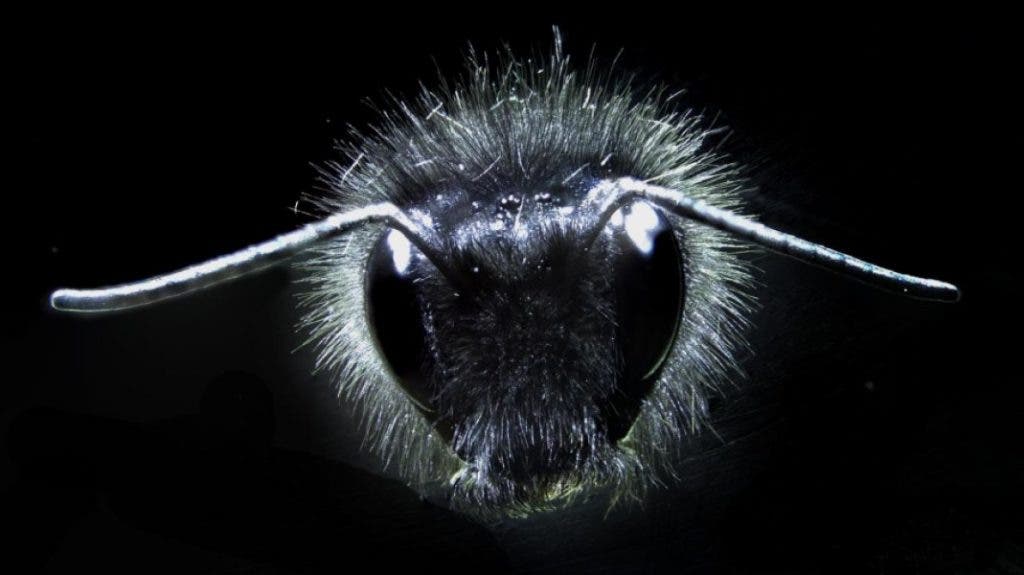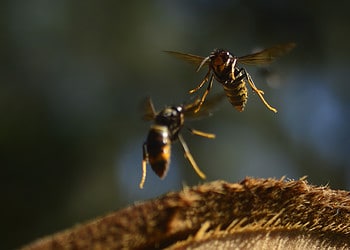Research showed flowers, and plants in general, generate an electric field. This field attracts pollinators like bees, in addition to other “advertising” methods employed by plants, like fragrances and ultraviolet emissions. Now, researchers have found out how bees are able to tune in to these fields and recognize the flowers. Apparently, their tiny hairs bend in the presence of the field, and this feeling is used to distinguish between individual flowers.

Scientists used to believe that animals could sense natural electric fields only in the water. Examples include sharks, eels. A few years ago, Gregory Sutton and colleagues at the University of Bristol, UK, showed that this isn’t necessarily the case.
His team devised an experiment in which some artificial flowers were connected to an electric potential of 30 Volts and sprinkled with sugar water. Another group of artificial flowers were sprinkled with a bitter liquid, but had no voltage supplied. Attracted by the sugary treat, the bees learned to visit the charged flowers. When the voltage was canceled, the bees foraged randomly as they could not differentiate between the flowers anymore.
Most recently, Sutton and colleagues revisited this problem to try to understand how the bumblebees could sense the field. Using very sensitive lasers that could measure even the slightest movements of the insects’ antennae, the researchers repeated the experiment.

The results suggest that when bumblebees are up to 55 centimeters away, the tiny hairs covering their bodies start to move. This motion is extremely subtle, but it can be sensed by the bees, the team reported in Proceedings of the National Academy of Sciences.
“We were excited to discover that bees’ tiny hairs dance in response to electric fields, like when humans hold a balloon to their hair. A lot of insects have similar body hairs, which leads to the possibility that many members the insect world may be equally sensitive to small electric fields,” Sutton said in a statement.
The researchers aren’t sure yet if bees really use this “in the field”, considering colour and smell are very powerful pollinating signals already. This means that the bees, and other insects most likely, could use electric fields for other purposes like navigation or communication.






